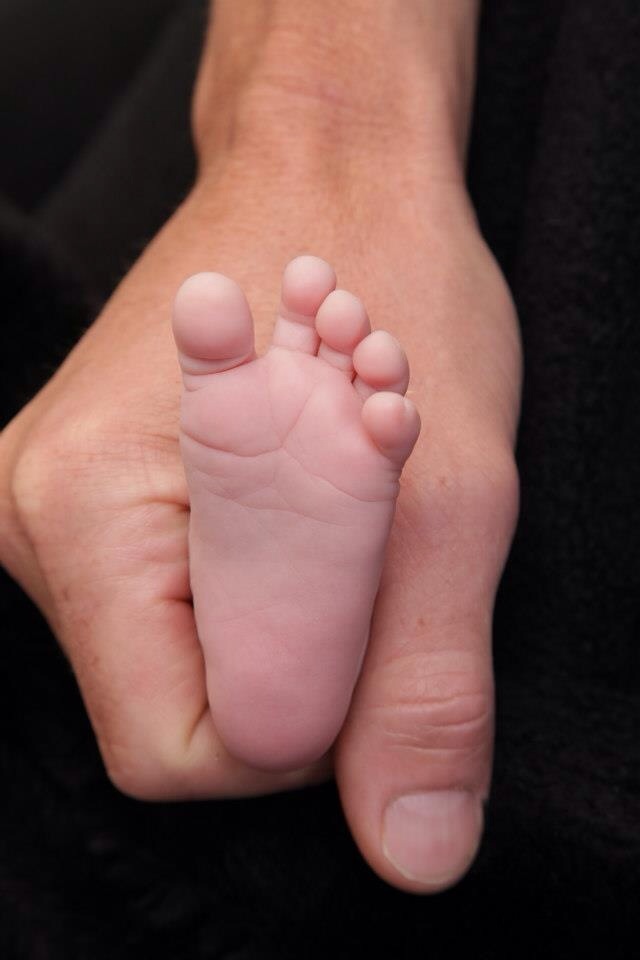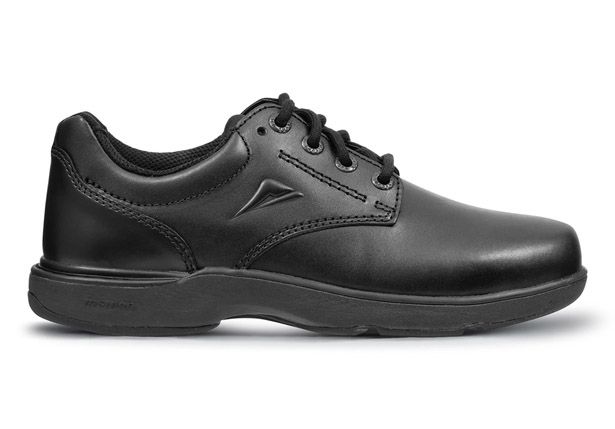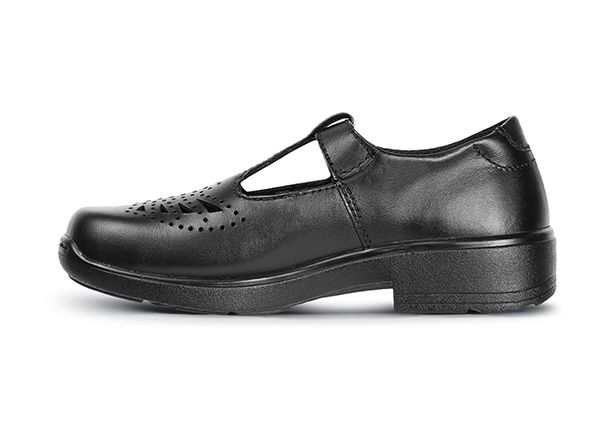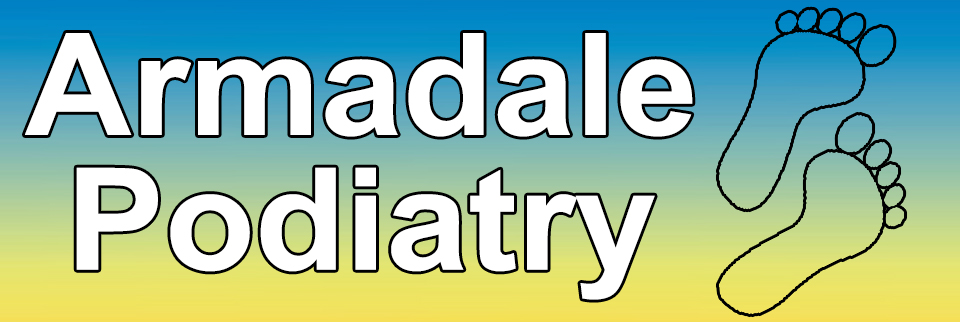Development of Children’s Feet
Children’s feet differ from those of adults, as they are not yet fully formed.
At 6 months of age the foot is still mostly cartilage and doesn’t fully mature
or stop growing until we turn 18

Babies
Babies feet only need protection in cooler weather. Play suits with feet, socks or even natural fibre shoes can be used to keep little feet warm. They should always be loose around your babies’ feet. Play suits should be long enough to allow your baby to kick freely which will help ensure muscle development in their legs and feet.
Walking
Children begin to walk any time between 10 and 20 months of age. It is important to remember that each child is unique and will move through the development stages at their own pace. Children also roll, crawl and run in their own time. There is no evidence to support that the use of Jolly Jumpers or baby walkers will encourage your baby to walk before they are ready, however these types of equipment may place additional pressure on feet that are not yet ready for taking weight.
When your child first begins to walk, shoes should only be used when protection is needed from the ground. Allowing children to go barefoot or only wearing very soft shoes helps the foot to develop and assists in strengthening muscles.
Feet Pointed Inwards
Sometimes children walk with their feet pointed inwards (in-toeing) or outwards (out-toeing). In most cases, these variations in walking are a normal part of growth and development. Most children will grow out of these walking styles by the age of 2, however it can take until the age of 12.
If this altered foot position is only on one foot or leg, or your child is tripping more than seems normal or if your child is school age and not keeping up with their friends in regards to activity such as running and playing, a visit to Armadale Podiatry Clinic for an assessment of the cause may be beneficial.
Children under the age of 3 may sometimes walk on their tip toes and this is a typical development stage, however any child over the age of 3 still walking on tip toe (toe walking) should also be assessed to prevent muscle group imbalances.
Growing Feet
A Child’s foot grows in length and changes in shape over time. Arch development is an individual thing and arch height or lack of an arch does not always indicate that a child will have problems with their feet. If your child has pain or has a flat foot that looks different to their other foot, then a podiatrist can assist.
Due to rapid growth in length and width while young, frequent changes in the size of shoes and socks may be necessary. Do a size check at least every 1 to 3 months up to the age of three and every 4 months up to the age of five and then every 6 months until your child stops growing.
Make sure there is about 1cm growing room between the end of their longest toe and the end of the shoe.
There should also be enough room across the ball of the foot and the shoe should fit well around the heels to prevent movement and increase support.

Check the shoes
Make sure there is about 1cm growing room between the end of their longest toe and the end of the shoe.
There should also be enough room across the ball of the foot and the shoe should fit well around the heels to prevent movement and increase support.

When to seek Professional Advice from Armadale Podiatry?
A check up is recommended if:
- you notice uneven shoe wear
- you notice skin rashes on your child’s feet
- hard skin lumps or bumps on your child’s feet
- your child walks on their tip toes
- your child’s walk does not look symmetrical
- your child tends to fall over frequently
- you have any other concerns about your child’s feet

Contact us
For emergencies call 000 or visit your nearest hospital
